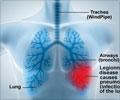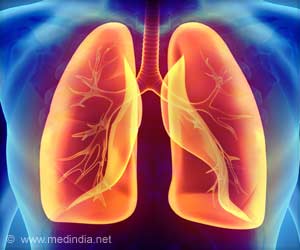There are significant differences between the lung and the upper respiratory tract in the immune response after an infection.

‘Specific immune cells,which are crucial for recovery from the bacterial infection are eliminated from the lungs in response to antibiotics but they persist in the upper respiratory tract.’





The team of researchers cultured the bacteria with a fluorescent dye and were thus for the first time able to visually track the pathogen in the lung and upper respiratory tract during an infection. The findings from the newly developed mouse model mimic clinical observations in children, whose upper respiratory tracts still contained mycoplasma following an infection. Different immune responses in the lung and upper respiratory tract
Infectious disease specialist Patrick Meyer Sauteur showed together with the international team that there are significant differences between the lung and the upper respiratory tract in the immune response after an infection.
The researchers found more so-called IgM and IgG antibodies in the lung as well as an increase and activation of B cells in local lymph nodes - which meant that pathogens were able to be eliminated within weeks. In contrast, in the upper respiratory tract they found IgA antibodies but no activation of B cells, which corresponds to the observed persistence of the pathogen at this site.
In the end, experiments carried out with B cell-deficient mice demonstrated that the transfer of antibodies into these mice effectively eliminated the bacteria in the lung, but was not able to clear the bacteria in the upper respiratory tract. B cells with crucial role
Advertisement
Source-Eurekalert















